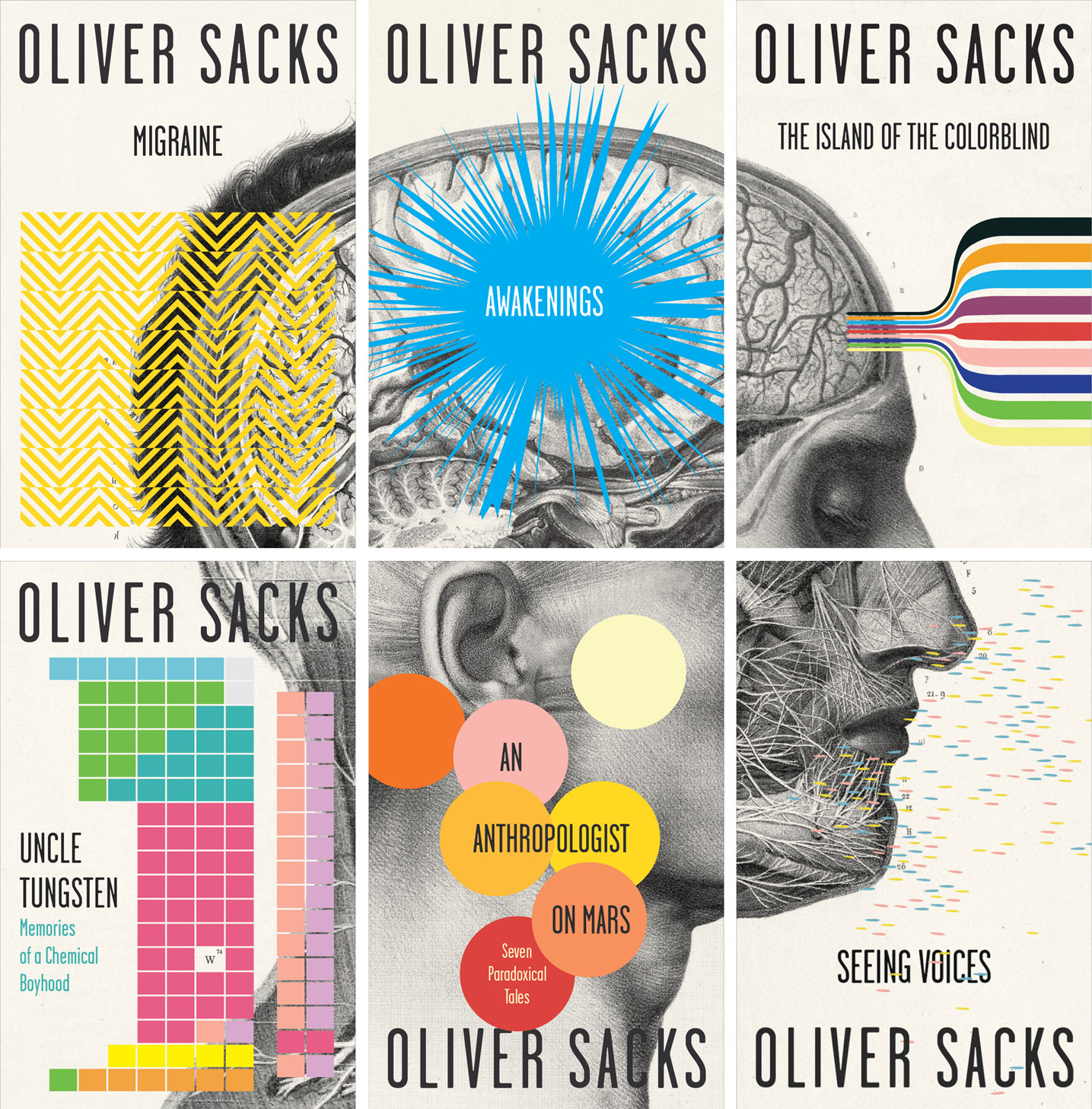
Book cover design is one of the most controversial areas of design. On the one hand, book covers are beautiful and original, on the other – they are sometimes boring and similar to each other since everything is done to maximize sales.
While the layout rules remain more or less stable and versatile for decades, the book design is always individual according to the requirements of a particular publication. The appearance of the cover is often a key factor in attracting the reader’s attention and the way to clearly and simply convey the general idea of the publication. The cover must not only comply with the contents of the book but take into account characteristics of visual perception, laws of book design, and print production specifics.
The unique design of parts and components of the publication needs careful thinking through and harmony with the requirements of the printing and typesetting. A well-designed cover attracts attention and makes the book more interesting.
Modern technologies have greatly expanded the possibilities for the design of publications, but at the same time put forward high requirements to designers. Book cover design must create an image. The cover should cause the desire to buy the book and explore what’s inside. Therefore, covers are selling elements or showcases which intrigue potential readers and direct them to the target action. The book cover should have a positive perception, positioning, motivation, and of course, must convey the idea of the book.

Cover Design of a Fiction Book
To create an interesting cover for the fiction book, the designer has to read and understand it. Only imbued with the idea, he can create a good design. Fiction books often contain a lot of illustrations and have a clear and an elegant layout without anything excessive that can distract the reader.
Also, the cover can be very bright and colorful since it has to sell.
Cover Design of an Educational Book
In scientific, educational and technical books, the cover design is based on a completely different principle – it must be very precise and justified. The key point here is the conceptually accurate and verified expressing of the content essence. So it’s more about the text rather than pictures and illustrations. Science and educational books are often written in smaller font sizes with a greater number of columns. The focus is on the content.
Of course, science books are not without design – just it’s very simple and completely deprived of extra elements.
Cover Design of Children’s Book
The main characteristics are vivid and exciting colors along with realistic images, large fonts, illustrations and less number of words per page. The focus is on illustrations since they can tell a story to a child who still cannot read.
In almost all cases, the cover design contains drawings. As the illustrations drawn by pencils and paints are must-have, a good children’s book cover can be created by a proficient designer only. The bridge built by the designer between the writer and the reader has to create maximum opportunities for their communication.
Choosing a Designer for a Book
Of course, a publisher specializing in any one of the categories above will look for a designer of the same specialization. For example, the designers of scientific books can better understand issues arising in the process of developing due to knowing the meaning of this or that term, etc. In contrast, the designer not specializing, for example, in the design of children’s books, will not be on the same level with the child to feel the specifics of the children’s book (however, a serious attitude to the development of children’s books is also important since the book brings up the aesthetic taste of the child).

The first meet with a book should cause a feeling of joy. The impression must be strong. Any reader is familiar with the sense of frustration when reading depressing publications.
Book is a complex organism with its inner world. Working on the creation of the book cover, try to find a set a connection between the visual image, the content of the book, and the target readers. If the connection is lost, it means that the designer had no choice but to illustrate the “message” literally.
Some Clichés of Book Cover Design
Business purposes predetermine clichés. Many people decide what book to buy just in a few seconds, so the cover should immediately show the genre of the book and sometimes even the image of the main character. For example, the silhouette of a man among snow and fog connects the audience with the kind of action-detective or spy story.

Any cover is rather a selling tool than a field for design creativity. And sometimes this leads to specific clichés. However, clichés and stereotypes are not the only causes of repetitive covers. Sometimes designers steal each other’s ideas and try to confuse readers, or they even duplicate covers by using stock photos. By the way, attentive internet readers often recognize such duplicates.
Finally, do you remember tasteless covers of the ’80s and’ 90s women’s novels, which usually depict a man and a woman in a passionate embrace? They’re all so similar do to the fact that they use the photo of the same man, a legendary Fabio Lanzoni.
Every designer has a unique plan to design a book cover. Someone is consistent; someone is not. Someone starts with a cover of the book, the other – with the internal filling. But in any case, the first and most important step is to get acquainted with the content of the book.
There is an unwritten rule to rely on the laws of classical composition (wholeness and unity, balance and subordination) when creating a cover design. The design of a book cover is a special art that you can learn by practical consideration only. It is important not to forget about the general design rules, which are used in the design of any publication. The book should be not only a carrier of information but also a piece of art.
Brian Jens is a blogger who loves design like no one else. He is now working at DesignContest.com – a logo design website that holds the contests among the best designers of the world, including the book cover design at DesignContest.com. Brian is always involved in research work; he shares the results with the world when he discovers something valuable.



